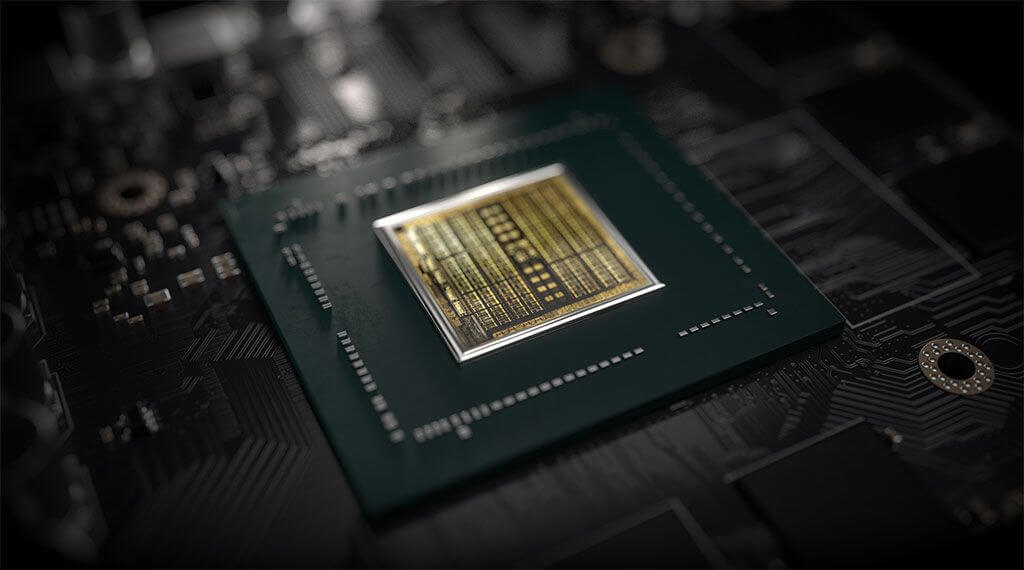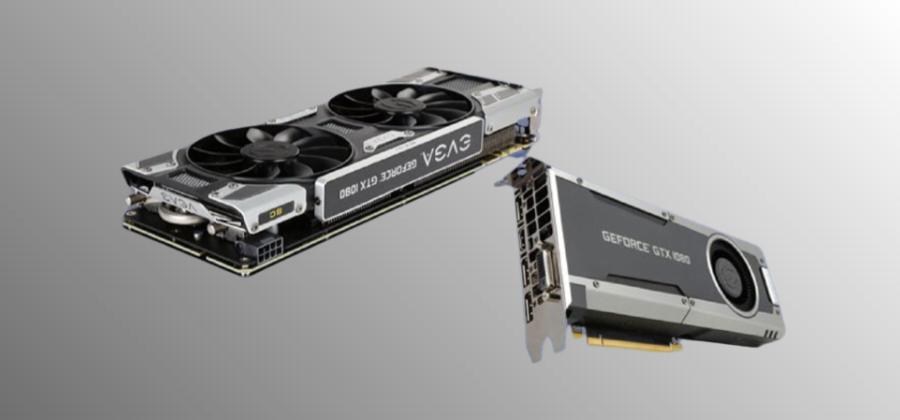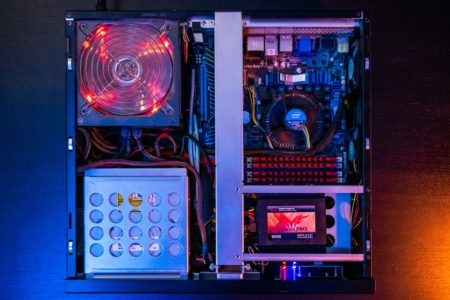Coil whine is the high-pitched sound of a coil in an electric circuit. The term is sometimes used to refer to any noise from a computer’s power supply, including fan noise and hard drive seek noise. Still, it usually refers to the sine wave produced by a voltage regulator or transformer that increases with load.
The phenomenon has been known since at least as early as 1966 when Steve Jobs was designing his first Apple computers. Coil whine can be caused by anything that would cause an electric current to flow through metal coils, such as power transformers or capacitors connected across either AC or DC lines.

Why does it happen?
It is a high-pitched harmonic sound similar to a fluorescent lamp’s noise. A coil of wire that carries current produces a tone determined by its inductance, which is related to the diameter of the rings, their proximity to other conductors and magnetics structures nearby, and their length in proportion to the signal frequency. A voltage regulator or power supply may audibly “sing” when its output is not perfectly regulated.
Whine can be generated by any source of alternating current, including :
- Transformers and power supplies in personal computers
- Audio amplifiers
- Dimmers used for stage lighting
- Electric fans (which themselves are electro-mechanical devices)
- The brushless motors are found in some high-performance electric machines And similar devices
How does it work?
Coil whine is a parasitic effect generated by a nonlinear element in switching-mode power supplies and voltage regulators. As described above, it is best explained for modern switching regulators as an oscillation between the input and output of a nonlinear impedance. The flux is caused by the circuit’s attempt to force current through the coil to regulate voltage.
In switching power supplies, components such as inductors convert from one mode of operation to another, which incurs a sudden step-change in current and causes a large transient voltage between nearby nodes. The parasitic capacitance of nearby objects in a circuit can be charged and discharged by this transient voltage, which changes their input impedance and induces current flow.
The frequency at which this occurs is determined by the parasitic capacitance and inductance values and the position of nodes within the circuit. It is typically 20 to 1000 kHz, which is in the audible range for electronic devices. However, high current may also cause small mechanical vibrations at higher frequencies.
How it affects you?
After understanding coil whine in GPU, we also need to understand the effects on you. The coil whine in GPU can affect the normal functioning of GPU and decrease the lifespan of GPU.
- It is harmful to the noise, and due to this reason, it is recommended that you should use a fan or some other cooling methods to solve this issue with overclocking.
- It decreases the lifespan of Gpu as overloading on any component will affect the life of GPU.
- It is harmful to the motherboard and leads to overheating.
- If you want to use a GPU with coil whine, then maybe if it has a reasonable warranty period, it will be helpful for you; otherwise, in most cases, there is no guarantee that it will last long.

How to fix coil whine or reduce the noise
There are various ways to fix this problem:
- Firstly, make sure that the computer is turned off and unplugged from the power source. Then clean the computer’s case using an air duster can(computer duster). If you don’t have access to such spray, then use a vacuum cleaner to remove dust which will help reduce coil whine.
- You can try ticking the “Reduce input’ power” box in your GPU settings. Then, uninstall the Nvidia or ATI drivers and install a new one from their official site.
- Overclocking has been considered one of the significant reasons for producing headphones like sound on Computers or Motherboards. To fix this issue, we need to decrease the voltage and maintain the average temperature, as overheating is the main factor that can be considered a reason for producing a noise-like sound.
- You may also want to check your BIOS options or even update them because sometimes changes in BIOS help reduce coil whine and other issues.
- Also, if you can afford and have a warranty for your GPU, take it to the service center as it is covered most of the time under warranty.
Tips for preventing coil whine when building or buying a PC
If you are building a new pc or upgrading your parts, make sure that:
- Power supply- This can be one of the significant causes for producing a noise-like sound. Ensure that the power supply is of a good brand and has enough watts to run your computer system.
- Motherboard – Make sure that the motherboard is not blocking any of the vents or intake ports. Also, check for clearance if possible.
- GPU- Make sure that the GPU is appropriately seated with its heatsink and there are no gaps between these two components, also make sure to clean it and check if there is any debris that might be causing this problem.
- Case- Make sure that the computer case is not too small, has good ventilation, and does not block exhausts or intakes of your pc components.
- Processor – Make sure that the processor is seated correctly with its heatsink. Also, make sure to clean it and check for any defects.
- Don’t forget to check the RAM slots if they are correctly seated, and don’t obstruct them or any dust.
- Now turn on your computer and test for the noise. If you hear it again, try reseating the GPU components to see if this helps. If all other things fail, you can try contacting the company’s support and ask for a replacement.
Summary
Coil whine is one of the most common issues among GPU users and has been reported by many people. So if you think that the noise is coming due to the usage of GPU, then you are wrong. It can happen for other reasons, including dust, metal objects around the computer system, or loose screws. If your motherboard does not have enough BIOS options, you won’t fix coil whine using it. Replacing computer components such as power supply, motherboard and GPU is not a solution because these are not the reason behind producing a noise-like sound. If you return them and if the coil whine persists, it shows that the problem is not with the motherboard and other components, and thus it is useless to replace them. In short, this article is for everyone who doesn’t know what coil whine is in GPU.
Frequently Asked Questions
What If nothing fix coil whine in GPU?
If you can’t fix or reduce the noise, then you may want to get your GPU upgraded with like a 1050 ti (at least) and use it in the future instead of 1080.
How can I diagnose it?
You can diagnose it by listening to the noise and finding out if it is coming from your GPU. If yes, there might be a chance of coil whine occurring in your GPU, so you should check its components and clean them properly.
At what temperature coil whine starts happening to the GPU?
Coil whine only starts happening to people at temperatures that are too hot, usually above 80 degrees celsius. Getting your GPU or CPU cooler can sometimes lessen coil whine.









